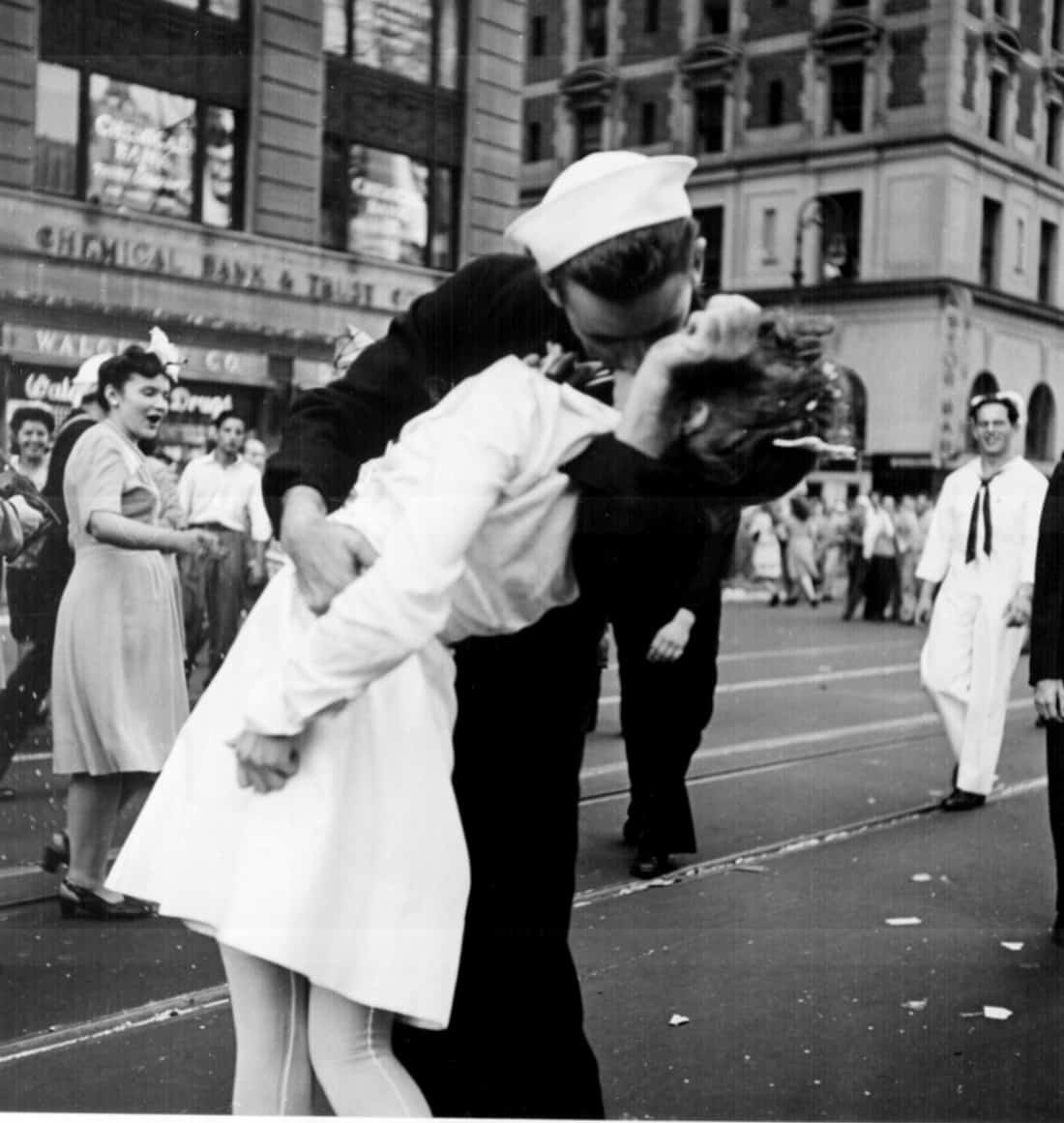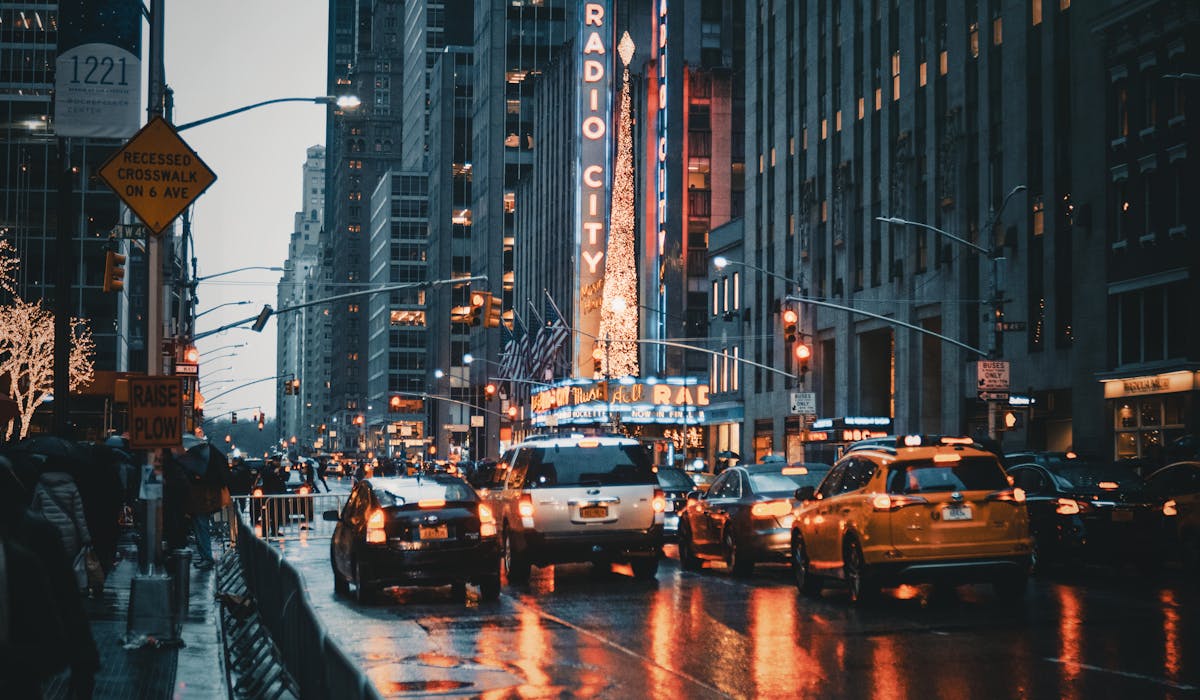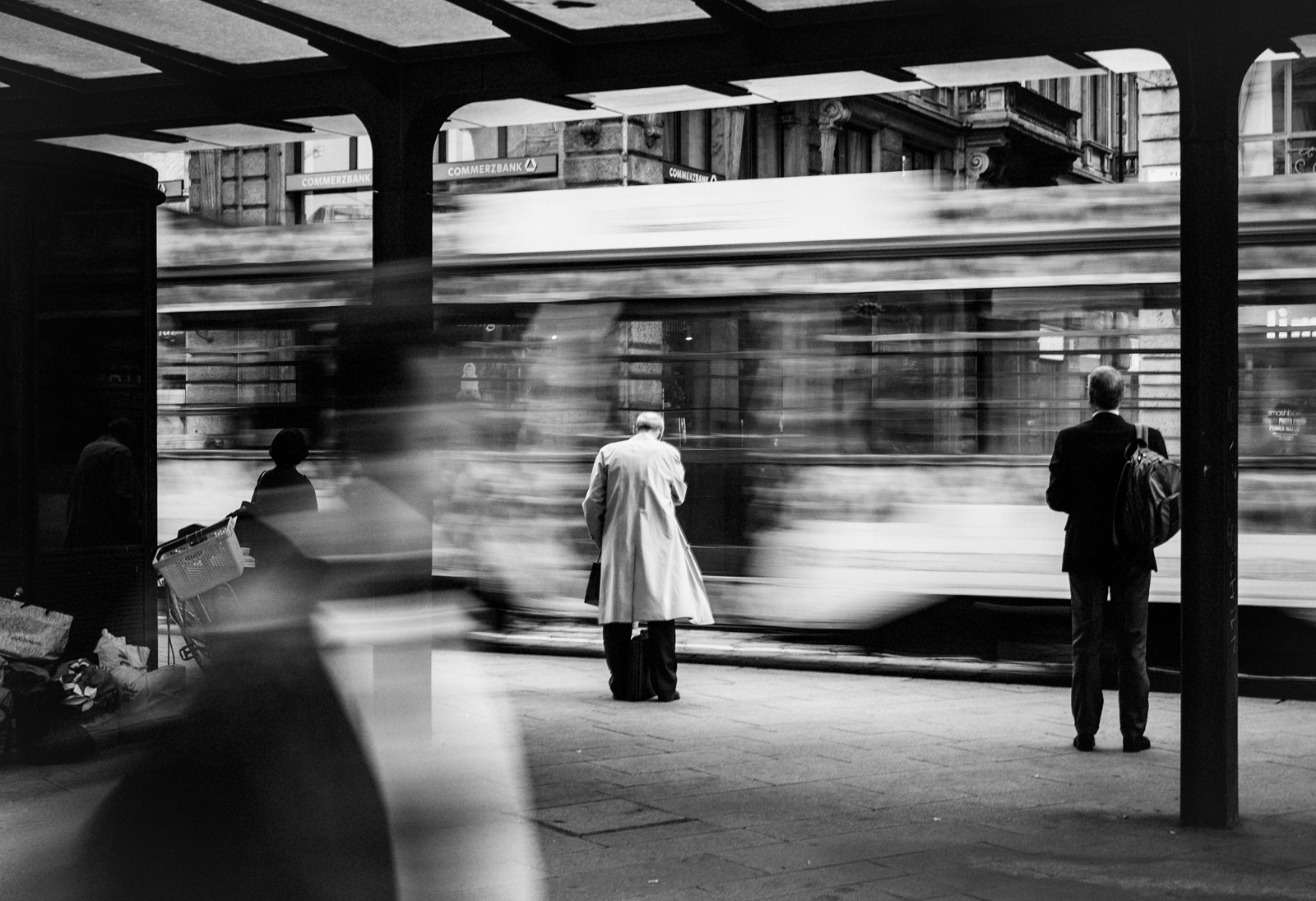Framing Streets - An Overview
Framing Streets - An Overview
Blog Article
The Framing Streets Ideas
Table of ContentsFraming Streets for Dummies3 Easy Facts About Framing Streets DescribedSome Known Incorrect Statements About Framing Streets Framing Streets Fundamentals ExplainedNot known Facts About Framing StreetsThe Framing Streets Statements
, usually with the objective of catching pictures at a decisive or touching minute by cautious framework and timing. https://medium.com/@davidturley33101/about.
, that was inspired to undertake a similar documents of New York City. As the city established, Atget aided to promote Parisian streets as a deserving topic for photography.

The Only Guide to Framing Streets
Martin is the first recorded digital photographer to do so in London with a masked video camera. Mass-Observation was a social research study organisation established in 1937 which aimed to record everyday life in Britain and to tape-record the responses of the 'man-in-the-street' to King Edward VIII's abdication in 1936 to marry separation Wallis Simpson, and the succession of George VI. The chief Mass-Observationists were anthropologist Tom Harrisson in Bolton and poet Charles Madge in London, and their first report was generated as guide "May the Twelfth: Mass-Observation Day-Surveys 1937 by over two hundred viewers" [] Home window cleaner at Kottbusser Tor, Berlin, by Elsa Thiemann c. 1946 The post-war French Humanist College photographers located their subjects on the road or in the bistro. Between 1946 and 1957 Le Groupe des XV annually showed job of this kind. Andre Kertesz. Circus, Budapest, 19 May 1920 Street digital photography created the significant content of 2 events at the Gallery of Modern Art (Mo, MA) in New York curated by Edward Steichen, 5 French Professional Photographers: check my blog Brassai; Cartier-Bresson, Doisneau, Ronis, Izis in 1951 to 1952, and Post-war European Digital Photography in 1953, which exported the idea of street digital photography internationally.

Our Framing Streets Diaries
The recording device was 'a covert camera', a 35 mm Contax hidden beneath his layer, that was 'strapped to the upper body and connected to a lengthy wire strung down the best sleeve'. Nevertheless, his work had little modern influence as due to Evans' sensitivities concerning the creativity of his job and the privacy of his topics, it was not published up until 1966, in guide Several Are Called, with an introduction composed by James Agee in 1940.
Helen Levitt, after that a teacher of kids, associated with Evans in 193839. She documented the temporal chalk drawings - Lightroom presets that became part of youngsters's street society in New york city at the time, as well as the youngsters that made them. In July 1939, Mo, MA's brand-new photography area consisted of Levitt's operate in its inaugural exhibitionRobert Frank's 1958 publication,, was significant; raw and typically out of focus, Frank's pictures questioned conventional digital photography of the moment, "challenged all the official guidelines set by Henri Cartier-Bresson and Walker Evans" and "flew in the face of the wholesome pictorialism and heartfelt photojournalism of American magazines like LIFE and Time".
Report this page